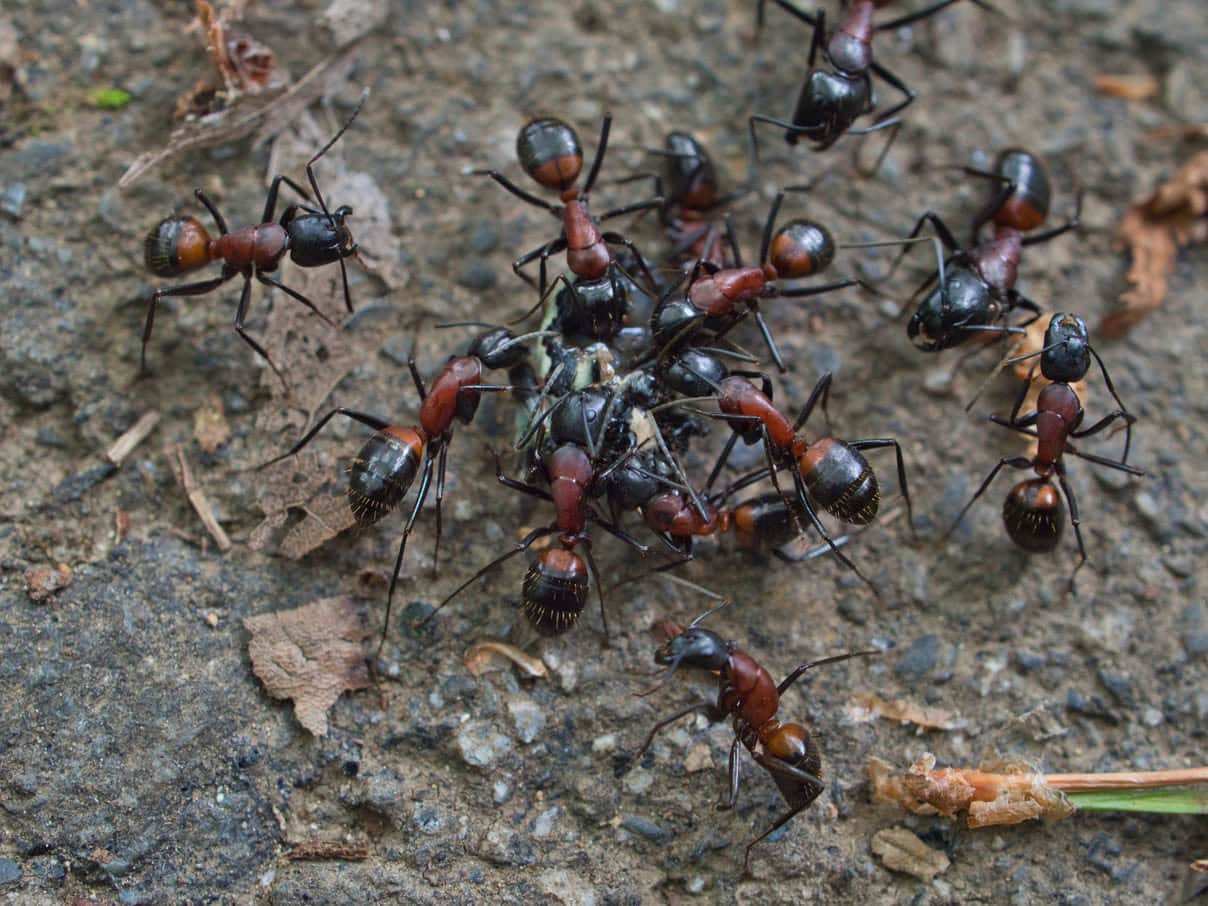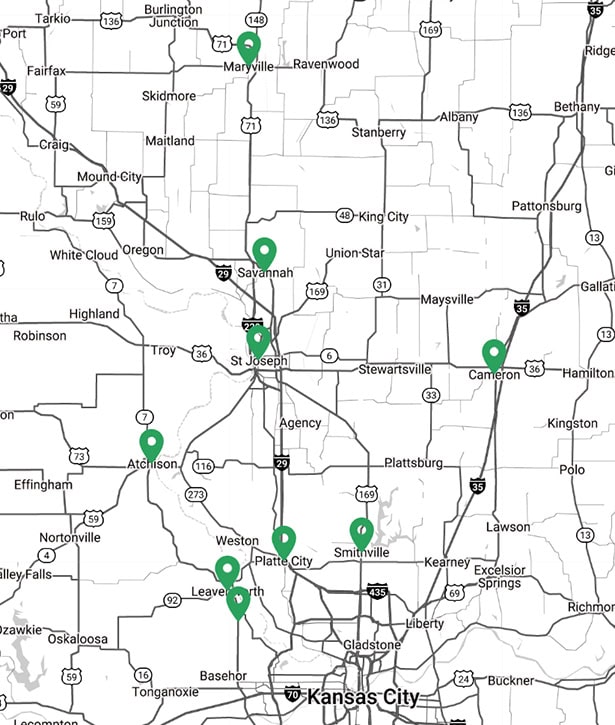
The ant life cycle has four distinct and very different life stages: egg, larvae, pupae and adult. This is known as complete metamorphosis. It generally takes from several weeks to several months to complete the life cycle, depending upon the ant species and environmental factors. Eggs A female ant that successfully mates with a male ant will become a queen ant that lays eggs. Fertile queens select a sheltered place to begin a nest (colony) and begin laying eggs. Ant eggs are very small – only about a half of a millimeter in diameter. The eggs are also oval, white and transparent. Larvae After about 1-2 weeks in the egg stage, a grub-like, legless ant larvae hatches. This stage has a voracious appetite, and the adult ants spend much of their time feeding the larvae with food and liquids they digest and regurgitate. Pupae After the larvae molts and shed their skin, they change into the pupal stage. Pupae appear somewhat like adults except their legs and antennae are folded and pressed against the pupal body. Initially, ant pupae are usually white, but slowly become darker in color as they age. Depending upon the ant species, pupae may be housed in a protective cocoon. Adult Once the pupal stage is complete, the adult ant comes on the scene. At the time of emergence, the adult ant is fully grown, but darkens in color as it ages. Adult ants are one of three different colony castes; queens, workers or males. Queens are fertile females that lay all the eggs in a colony. Workers are females that do not reproduce, but do gather food; feed the larvae; and maintain and clean the nest. Workers are wingless, and it is the worker stage that is seen foraging around for food or defending the colony from intruders. The male ants are winged, but their only job is to mate with the queens during the swarming process.
Argentine ants vary in color from light to a dark brown coloration. Their antennae have 12 segments without a defined club. Body length of workers-1/8inches in length (monomorphic) and Queens-1/6 to1/4 inches in length.
Argentine ants can develop enormous populations, with large colonies that are comprised of many nests containing hundreds of queens and many thousands of workers. Individual colony members move freely between and within these nests. Queens lay as many as 60 eggs per day. Development from egg to adult averages 74 days for workers. Worker longevity is 12 months. The Argentine ant, Linepithema humile (Mayr), is an introduced species. They are native to Argentina and Brazil. Discovered in 1891, it is now established in many localities in the southern United States: Arizona, California, Illinois, Louisiana, Maryland, Missouri, Oregon, Texas, and Washington.
Locally owned, and family operated, committed to the St. Joseph Missouri community for over 50 years
Our certified and extensively train technicians ensure effective, safe pest management
Over five decades of proven Pest Control experience and unparalleled customer satisfaction.
Custom pest management plans tailored to your specific needs for effective, targeted results.
Guaranteed pest control solutions that ensure lasting results in peace of mind
If you don’t see your city on the map, that doesn’t mean we can’t service your area. Please contact us if you have any questions.
Call Us Today
Learn more about our Community Center

14375 US-71, Savannah, MO 64485
Office Hours
* Appointments are available outside of standard office hours to better accommodate your schedule.